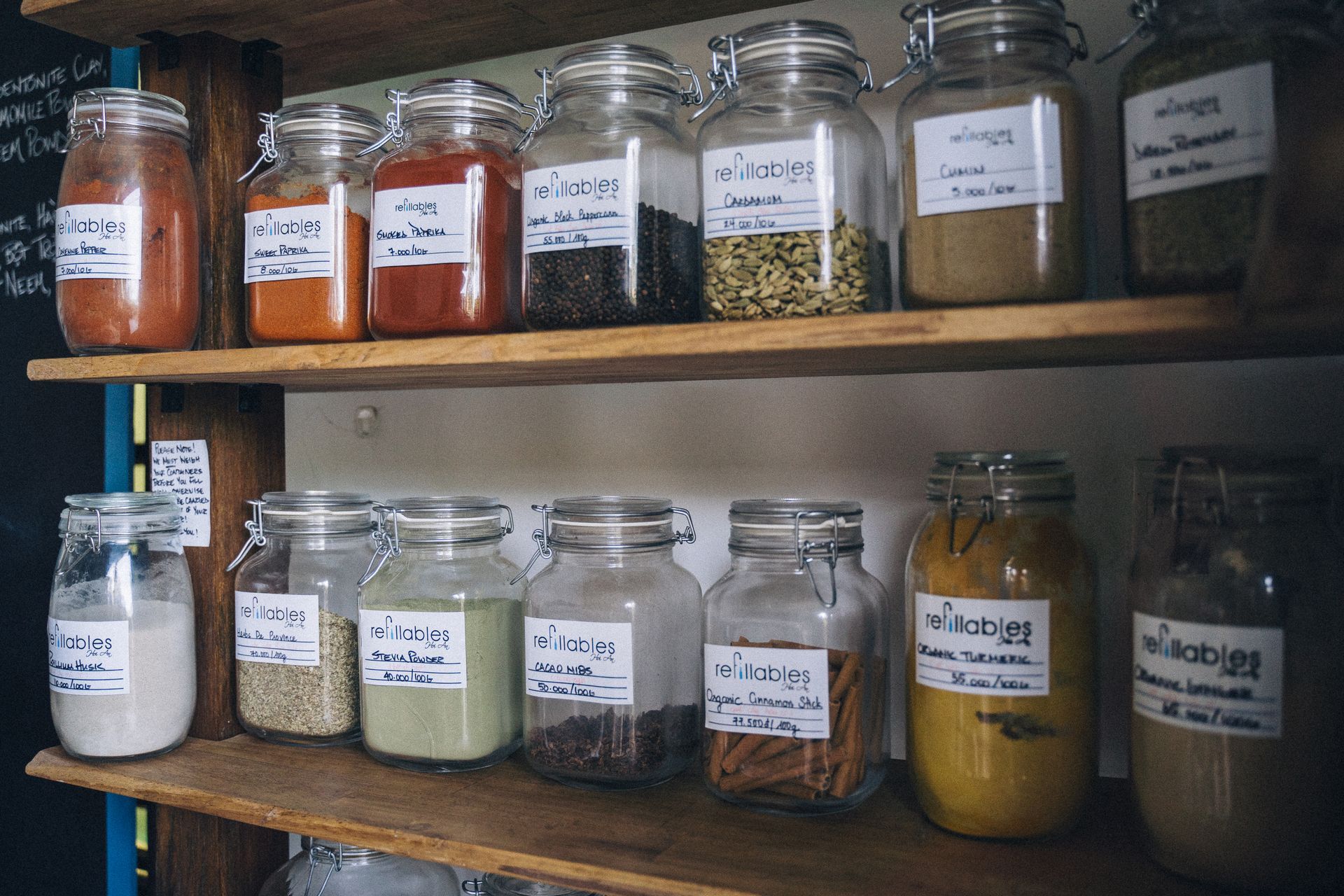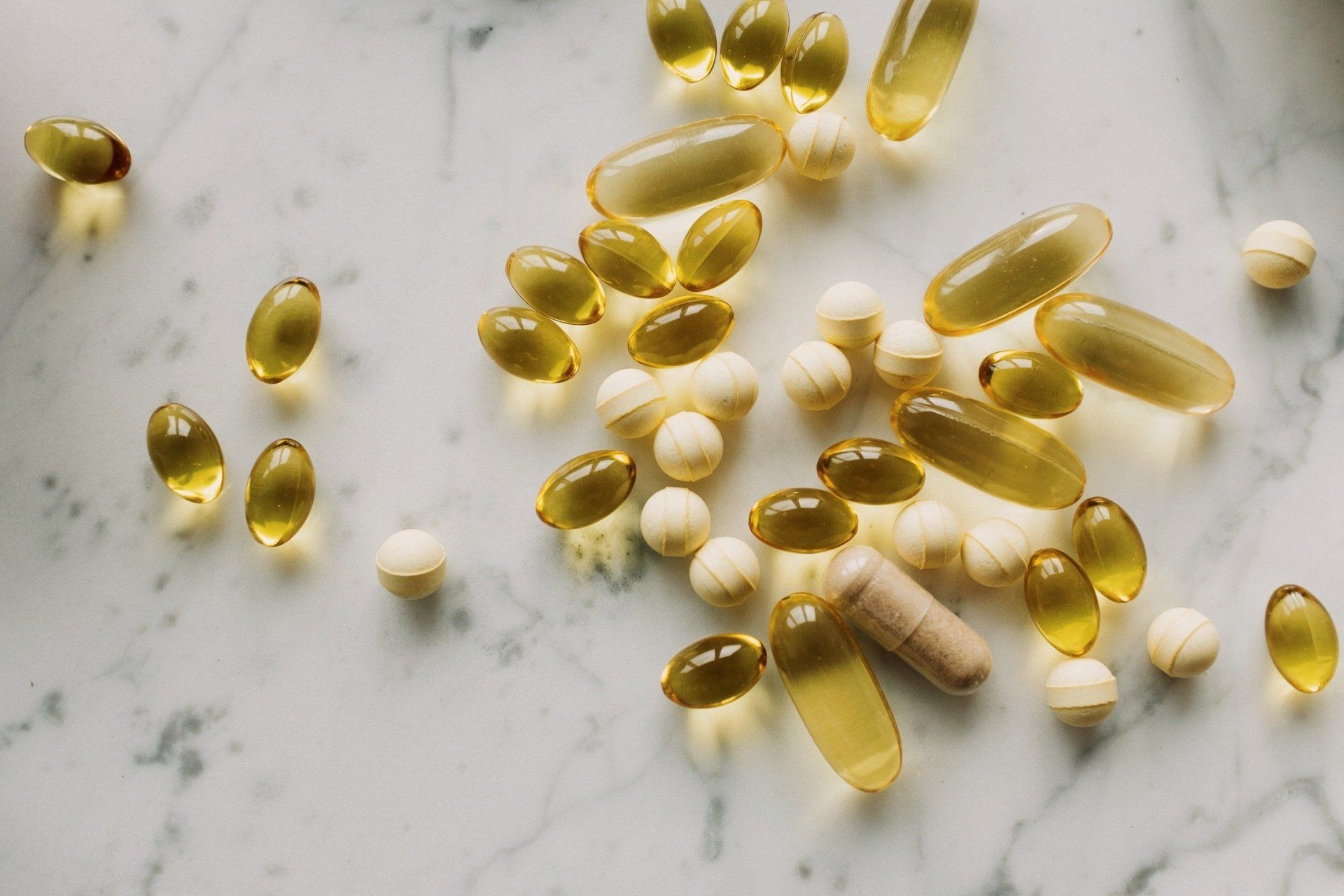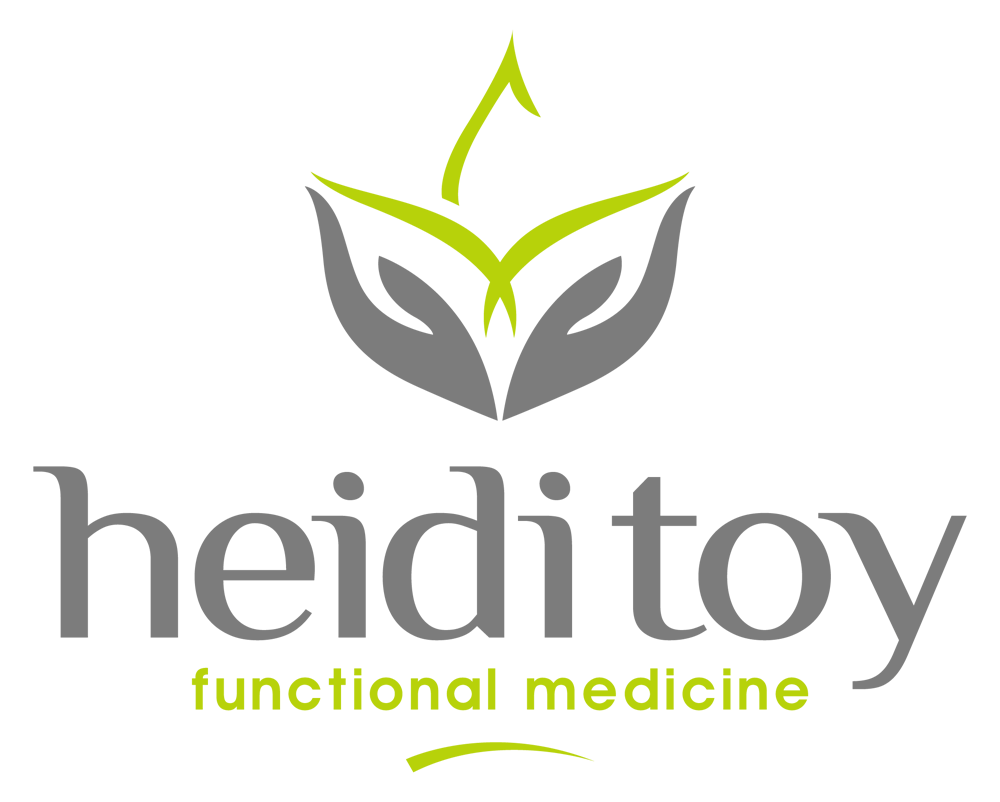Understanding Food Labels
Do you ever wonder what all those
“certifed” and
“free” labels are on your food? What’s the difference between “organic” and “free-range” eggs? Does it even matter? Is it all a marketing ploy? Let’s get straight to the point about the meaning of some of our most common food labels since they don’t always feel clear or easy to understand.

1.Cage Free
This does not mean hens have access to the outdoors. They might be raised without cages, but egg laying hens often live in warehouses and meat hens are raised in barns. Both conditions prove crowded with hundreds to thousands of other hens.
2.Free-Range (also called free-roaming)
For poultry, the producer/farmer must show access to the outdoors, but the condition of the outdoors and length of time the birds have access to it varies greatly from farm to farm. There is no legal definition for this and does not affect what the birds are fed (often other animal waste, additives, antibiotics, etc.).
For other species (pigs and dairy cows), the producer/farmer does not have to show access to the outdoors, they merely have to state they have a free-range facility and that’s that.
3.Grass-Fed
The USDA requires 100% of a grass-fed animal’s diet should consist of freshly grazed pasture during the growing season and stored grasses during the winter. However, they also state “supplementation can be used if the producer logs the type and amount.” This means that your grass-fed beef can be fed antibiotics, synthetic hormones, or be given supplemental feed and still be considered a grass-fed animal.
The American Grassfed Association certifies beef that has been pasture/grass based its whole life. They also require that the animal cannot be fed grain or grain byproducts, and must have access to pasture at all times.
4.Grass Finished
There is no legal or regulated definition for this term. These animals could have been fed grains and other things, and then for the last part of their lives given grass. If your label says “Grass Fed and Grass Finished” then you are on to something. You can also look for 100% grass fed.
5.Pasture Raised
This term implies the animal was raised in a pasture, but there is no legal definition or certification program for marketing this term.
6.No Antibiotics
Factory farms give antibiotics regularly to cattle, pigs, sheep and chickens to promote growth and also manage spread of disease due to the confined growing conditions. Look for other labels on these items such as “Certified Organic” before you purchase.
7.No Hormones
For pigs and poultry, hormones are strictly not allowed. So that label on your chicken, turkey or bacon is simply a marketing tool.
For beef, hormones are commonly used in production. Look for the term “No Hormones Administered” and you should be safe.
8.Natural
The USDA defines this as “a product containing no artificial ingredient or added color and is only minimally processed.” This only applies to how meat is processed after the animal is slaughtered and does not refer to how the animals were raised.
9.Organic
While the term “organic” limits the use of chemicals, pesticides, hormones, antibiotics and other inputs, it does not define production practices related to confinement or what kind of feed the animals are given. Look for products that are specifically “USDA Certified” as the USDA has strict guidelines for production and handling standards.
10.Vegetarian Fed
This just means that the animal’s diet was free of animal products. It doesn’t mean they were raised outdoors or fed 100% grass.
Pigs and poultry are not vegetarians and would not have been fed their natural diet if labeled as vegetarian fed, so look at this as a marketing ploy.
11.Wild Caught
Applies to fish and seafood that were fished from their natural environment. Other fish/sea animals might still be harmed in the harvesting of wild-caught seafood. Also, sometimes the catch might not be sustainable, meaning the ability for a species to reproduce productively was harmed.
Farmed salmon is fed dye to make its flesh pink like it would be in the wild. Farmed shrimp are often full chemicals and banned antibiotics, among other things.
Learn what kinds of foods you’re buying so you can get the best quality for your money. Dig deeper into grocery store strategy by checking out my blog,
Good, Better and Best: How to Navigate Your Grocery Store.
Don't Miss Out!

Heidi Toy Functional Medicine Blog























































































